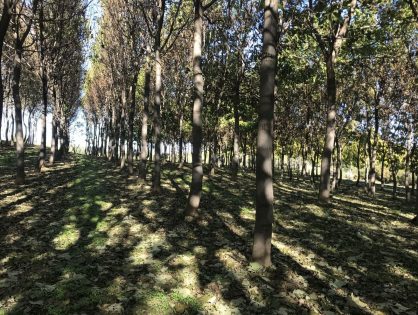We will present all the needed information for the planting, cultivation and care of the kiri, Paulownia or paulonia tree.
Índice de la página
Location of the Land for the Paulownia Plantation
There are not specific soil difficulties for growing Paulownia. However, for getting the most out of the kiri as a tree, in its growth requires a nutrient-rich, medium-heavy, and deep soil.
As each land has its own characteristics, it is ideal to know the perfect conditions for the paulownia. If appropriate measures are applied, it could be recreated fervently since many times these characteristics can be reproduced.
The Ideal Conditions for Growing Kiri are:
- Permeable clayey soil, sandy to light consistency
- Soil deeper than 2 metres, as Paulownia has deep roots
- Groundwater level between 1.5 - 5 metres with no stagnation
- pH value from 5.0 to 7.0
- Nutrient-rich soil
- Southern slope (northern hemisphere)
- Average precipitation> 800 mm, or irrigation
- Minimum temperature of -24° C
- Maximum temperature of 45 ° C, it is very resistant to drought
- Without too much wind

Soil Types
Soil type is defined by its composition of sand, silt, and clay. Depending on their formation throughout history, soils show proportions or combinations of these three elements completely different. Its characteristics are substantially influenced.
Sandy soils heat up quickly and are highly air-permeable, while their capacity to store water and nutrients is less.
Clay soils are poorly permeable to water and air. It is difficult for plants to absolver the water they store. However, these soils are rich in nutrients. Stagnation often occurs on these soils, which made them not ideal for growing Paulownia.
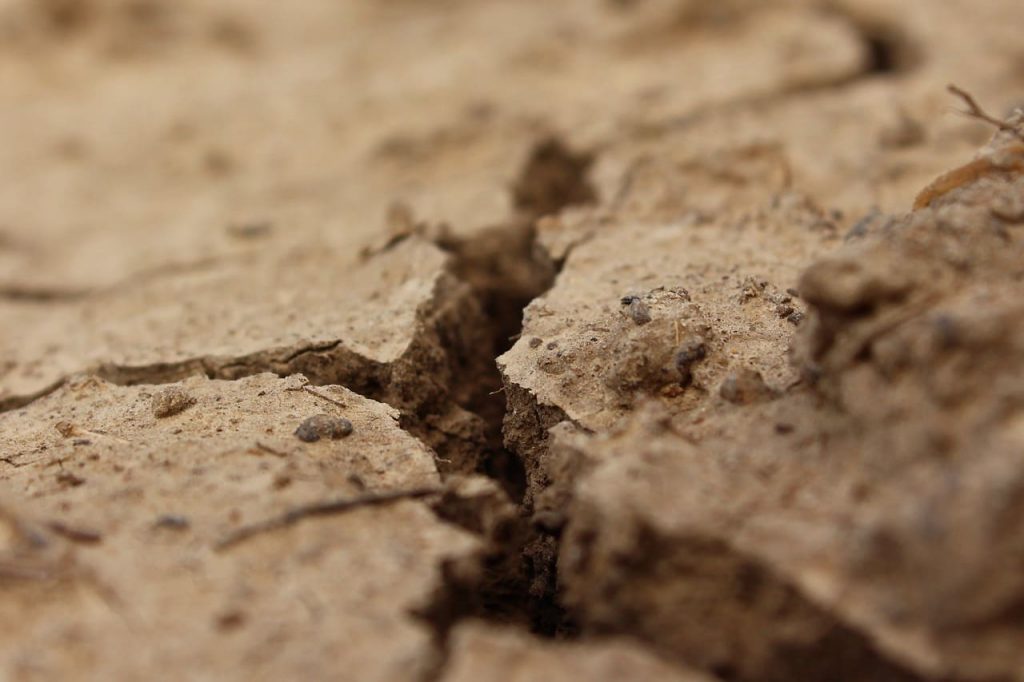
Silty soils are ideal for growing Paulownia since they store water, an advantage in times of drought.
As you can see, it is necessary to evaluate the quality of the soil before planting. It helps to clarify the conditions of a soil in order to plant Paulownia's light and resistant wood.
Soil depth
The stormy kiri, the imperial Paulownia, like its other species have a deep primary root that needs a deep enough soil. If at 1.5m depth the root already collides with rock, the growth of the kiri tree will be affected by the lack of space.
Furthermore, there is a higher danger of trees being knocked down and uprooted by strong winds and rains. Nevertheless, it is possible to grow Paulownias in shallow soils. An example would be the Catalpifolia Paulownia, originated from Chinese mountainous regions.
These trees have been adapted by developing annual rings narrower than normal, that make them valuable for making high-quality, lightweight plywood from Paulownia wood.
Groundwater level
The groundwater level has a great influence on the growth of Paulownia. For a good annual growth of the tree, its ground water level has to be less than 1.5 metres.
Paulownia can absorb water at a maximum depth of 5 metres. If the level at which the water is found cannot be absorbed by the tree, it will depend on the capacity of the soil to absorb water.
Silty soils are those that can store more water in times of drought.
If we have a well and we have to irrigate, the most suitable way would be drip irrigation, which goes directly to the root of the Paulownia tree and with that, the most efficient system against wasting water.
pH value
For kiri's growth, pH value of the soil is one of the most important factors. This value indicates us if a soil is acidic or basic. Also, as a result of the pH, the lime content of the soil can be determined. Paulownia achieves optimal growth with a neutral pH value of 6 - 7. Even so, Paulownia achieves a rapid and productive growth in quality wood with values from 4.5 to more than 7.5.
It is crucial to carry out an analysis of the soil to find out its ideal pH value and thus be able to achieve it with the appropriate measures.
Not having these pH values in our soil will considerably affect the growth of Paulownia.

Nutrients for paulownia cultivation
Paulownia, like many other quality-wood leafy trees, need a high supply of nutrients for growing. Its large leaves bind large amounts of nitrogen and potassium. Especially when the tree is young and tends to grow large in size. When nutrients are supplied, attention must be paid to composition, dosage and timing. For example, a high nitrogen level at the end of the season is not good for its winter hardiness. At summer, potassium helps to improve the efficiency in the absorption of water, raise resistance towards droughts.
Southern slope
Paulownia's leaves are incredibly large, which greatly help the plant to grow.
In the northern hemisphere Paulownia should be planted on a southern slope while, in the southern hemisphere, it should be planted on the northern slope, the more sun the Paulownia has, the more the tree will grow and thus obtain valuable wood.
Precipitation
Paulownia can supply itself with water accumulated in the soil and can reach groundwater up to 5 metres thanks to its reticular root system.
For a good Paulownia crop, an average annual rainfall of 800 litres per square meter (m2) is required.
If there is less precipitation, in order to obtain an excellent profitability and thus, a quality wood, it is necessary to irrigate it by the drip method, considered the best technique.
Minimum temperature
The minimum temperature that Paulownia can reach is -20 degrees, although these are extremely cold conditions.
Maximum temperature
Paulownia is extremely resistant to droughts, being able to reach temperatures of 45 degrees, apart it does not suffer hydric stress.
Wind
Wind can be a big problem in the growing phase when paulownia plants are not yet established trees. That is why if the terrain suffers from many winds, it is advisable to seek protection against the wind, because otherwise the trees will most likely not come out straight and bend, which will considerably affect the wood loss of Paulownia.
Besides, the price of paulownia will not be the same if the trees are not straight, therefore the profitability of the crop will also decrease.
Sowing date for Paulownia cultivation

When we want to plant a large number of trees, we need to carry out each action at the most convenient time.
Planting is a key step since not choosing the right time can arise future challenges. It will also influence us a lot if we are going to plant seeds or cuttings of Paulownia in a pot.
For a good cultivation of Paulownia, it would be best to plant cuttings of Paulownia or Paulownia itself in a pot.
These young plants are very vulnerable to frost, which is why they must be planted once this season is over. You must pay attention to regional conditions.
In contrast, two-year-old plants can already be planted normally as they have a stronger structure. Although this is an advantage, it is not recommended to plant them in September. Much better would be in March or April.
In general, Paulownia's first year of growing is focused on its root system, that is why we cannot see a substantial changes in the growth of the plant.
Caring for a Paulownia Tree Plantation
In the following section we will explain the different cares that a Paulownia cultivation requires.
Cut the Paulownia Bud after the First Year of cultivation
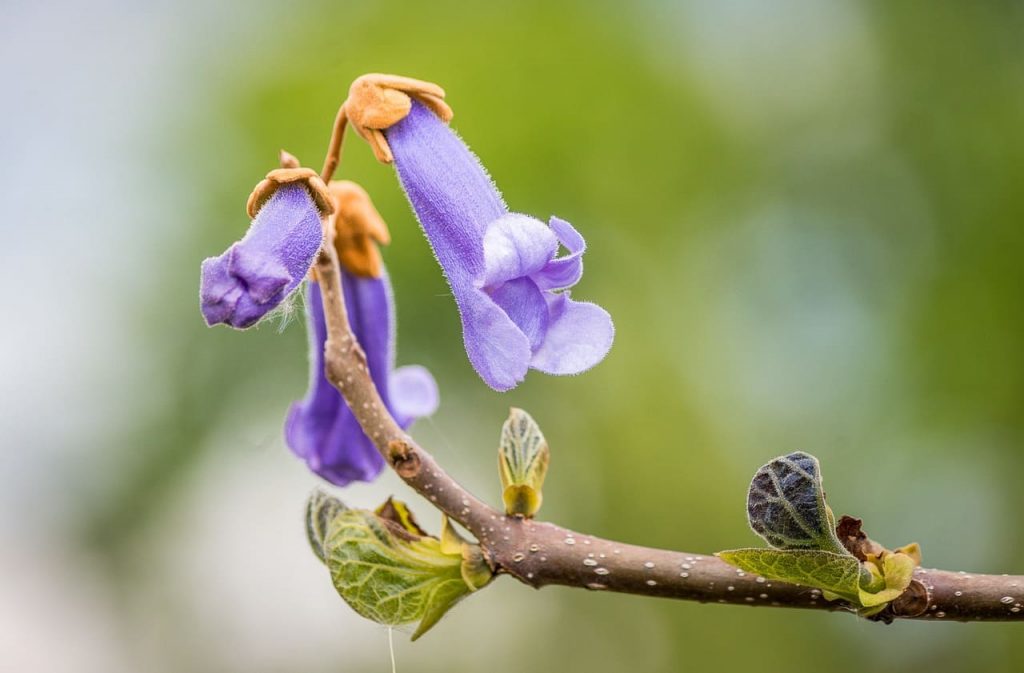
Paulownia channels much of its growth resources towards the development of its root system during its first year. In contrast, it neglects the development of the main bud in relation to the potential of the plant.
Now, the physiology of this bud is decisive, since its maximum growth and the ability to obtain or not valuable wood, that is, quality wood, will depend on it.
Most likely, in its first year, it will fail to achieve these two goals, as the paulownia will tend to focus only on establishing its root system.
On the other hand, in its second year, it is recommended to cut the Paulownia bud if an ideal development of the plant is sought.
Logically, the bud that will grow next will be broader and more stable compared to the first bud born from the plant.
Note: it is recommended to trim the paulownia bud if the final objective is to obtain a quality and knots-free wood.
And that's why the Paulownias are often trimmed at ground level just before their second year begins.
Why? The reason is simple. When the novel growing season arrives, the new bud that will emerge from the rhizome (underground stem) will rapidly advance the previous one in both height and width.
Therefore, thanks to the larger diameter they will acquire, Paulownias will have the capacity to absorb nutrients and enough water to fully exploit their growth potential. Do not forget that we are talking about the tree with the fastest growth!
Under normal conditions, the bud will most likely reach a height of around 3-4 metres, the growth of which will be completely straight and without branches. This is why it will guarantee the acquisition of quality solid wood from its trunk which is most likely intended for furniture manufacturing.
To conclude this first point, what better than provide you with some advice. It is recommended to cut the Paulownia if growth has been good in its first year. Nevertheless, the possible defects that may arise in the trunk or in the growth period, will be only perceived at a more advanced stage where a potential correction could imply losses and an increase in costs.
Frozen Paulownia Buds.
It is common, even in areas where winter is relatively warm, that Paulownias freeze in its first section, which would be around 10-15 cm from the bud.
Why? At the end of the season of its cultivation and motivated by the physiology of the Paulownia, this young tissue does not lignify (it does not reach a level of consistency) and, therefore, it will not have a woody aspect.
At the same time, the terminal bud is also very likely to freeze, which is none other than the bud at the end of the axis that allows the shoot to grow upwards in a straight line.
When spring comes, we will find that new buds will be born in the lower part of the trunk area that was frozen, and whose direction will go sideways. Because of that, the Paulownias will have a dipodial growth, that is, two buds will come to face each other. Both will grow symmetrically in perpendicular as if they were two lateral branches, which will prevent the main trunk from continuing its growth.
Do we want that to happen? We insist that if the purpose is to obtain the timber Paulownia trunk, it will be required a trunk as high and straight as possible, so we will have no choice but to cut one of the lateral buds for avoiding its entire damage.
If the aforementioned is carried out, the Paulownia will concentrate its growth on the remaining bud, so it will continue with its growth throughout the trunk perpendicularly.
Note: it is recommended to carry out the previous actions until the tree reaches the required height, which this will often depend on the final application.
Eliminate Paulownia's Plant Competition
Regular exhaustive monitoring is recommended to eliminate any plant competition, especially in its youth, as Paulownia generally have certain difficulties in overcoming its competition. It is a key consideration for the cultivation of Paulownia
Trimming of the Paulownia
This point is really important in Paulownia’s cultivation, since a complete clean trunk from branches will allow to make a much better return on the investment carried out. Why? Because the value of your wood will depend largely on the quality of it, which has a certain relation with the knots that may appear.
And how can these knots be avoided? Well, very easy.Eliminating the lateral buds which will appear when the bud is still green. Doing so we will leave no trace and therefore the price of Paulownia wood will not fall. In any case, it is much more comfortable and, at the same time, less work, cutting the side buds than to prune the entire tree. And also the cost will be less!
Preparing the Soil for Growing Paulownia
Careful preparation of the soil is key to good growth and quality wood for your Paulownia crop. These are the different soil preparation procedures for paulownia. You will be able to check which one best suits you best depending on the terrain and the cultivation method.
Plough and Preparation of Paulownia Growing Beds

First of all, to start preparing the ground for our kiri plantation, we must plough the entire surface, and then make the cultivation beds with a rotary harrow, or any similar machine that leaves the soil with a fine and compact granulation. This method is recommended for paulownia crops dedicated to biomass production. Since this kind of paulownia growing is characterized by its narrow strips with a large number of trees.
Loosening of the Subsoil and the Layer of Mulch
For soils that are at risk of erosion (sloping terrain) or have been abandoned for years, it is not recommended to plough them, therefore it is necessary to choose a method that minimally intervenes in the structure of the ground. The remaining weeds compete with the crop could be a disadvantage. The most important point to combat is that of root weeds such as nettles, that is why we should apply a herbicide (as natural as possible).
To help the Paulownia grow, it is advisable to apply a layer of mulch, that is, an artificial or natural layer of different materials, to the soil surface, mainly to modify the effects of the local climate.
With the layer of mulch we will be able to conserve moisture, improve fertility and health of the soil, reduce weed growth and finally improve the visual appearance of the area in question.
Holes with Auger
For small terrains or where there are erosion problems, we will use an auger. With this machine we can make holes of 60 cm deep and with a diameter of about 30 cm. Then, either fill the hole with loose soil or fill it with compost and organic fertilizers, this will serve as a nutrient reservoir for the Paulownia. This method helps the kiri plant in soils with little nutrients. Once we put the plant we should fill the space of the hole that we have left.
During the growth of Paulownia, it must be regularly supplied with nitrogen and potassium. It is important not to use fertilizers containing potassium chlorate because they can have negative effects on Paulownia.
What to do with Paulownia Wood: Biodiesel or Quality Wood
Cultivation of Paulownia for Biomass
Looking for the use of marginal farming land, some farmers in Spain found an alternative with which to make profitable those unused spaces, which for different reasons, could not be used to grow traditional products.
This alternative was to grow Paulownia with the aim of obtaining biomass for fuel.
Now, what would all this require?
- A large number of plants that already generate an exponential growth from the beginning. Normally, they are between 2,200 and 2,500 plants per hectare.
- As for the planting range, i.e. the distance from one plant to another, a range of 1.5 x 3 m or 2 x 2 m should be chosen if the soil is fast growing and there is a high exposure to the sun. In this case, as the aim is to obtain biomass, a higher rank would not be required, which will instead require whether or not the plantation is to obtain quality paulownia wood.
- Due to such a tight planting scheme, we are likely to run into problems when mechanizing the job, as a big name of farm vehicles will not fit the stripes. Any solution? We would advise ploughing all the soil using other methods.
- Regarding the cutting cycle, trees used for biomass should be cut every 3 years. Again we will find a great difference with the plantation whose cultivation is for obtaining sawn wood (explained in the next point).
- The treatment and care that the trees should receive is simple. Compost and a drip irrigation system.
- An average of 66 tons of green wood per hectare would be obtained, which after undergoing a drying process, the raw material obtained would become 24 tons, since it loses 63.5% of its weight in that process.
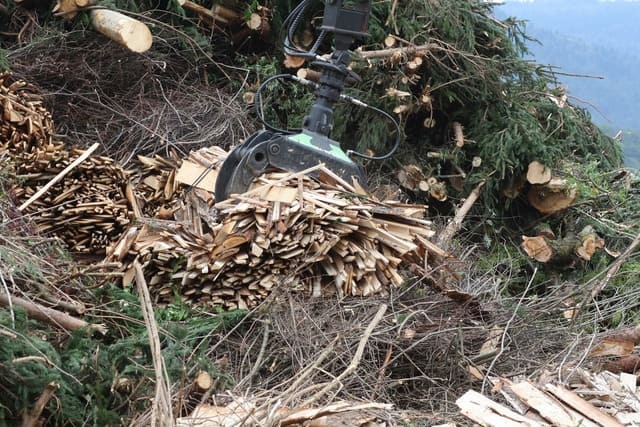
Paulownia Cultivation for Quality and Valuable Wood
If the objective is to establish a crop for obtaining high value wood, first of all, it is important to understand that they it can be chosen the "highest value" or "least cost" route.
Higher Value: focuses on the value of the wood, i.e. on obtaining a quality final product. 1,250 Paulownias per hectare would be planted in a range of 2 x 4 m and during the rotation period. Two clarifications would be carried out which would lead us to establish the final distance between paulownia trees, since more trees are planted for timber cultivation than are harvested. Why? Pretty easy. In these two clarifications, we often choose to make a selection of the best trees in order to concentrate growth on them.
Minimum cost: you should seek to carry out a Paulownia plantation whose main objective is to minimize the costs. 833 paulownias per hectare would be planted in a range of 3 x 4 m and just in the middle of the rotation period the clarification would be carried out. This would lead us to establish the final distance between Paulownia trees.
However, opting for this option will lead to us having less control over the increase of rings annually, we will have less selection of the most valuable trees by having a lower plantation in terms of number and by making a single clarification will reduce the value of the wood.
On the other hand, as we have already mentioned in the previous point, it is important to understand and know the soil's characteristics, since if they are prone to erosion or they are located in a steep area or with some considerable unevenness, it will not be possible to plow the entire surface.
In addition, there could be some difficulties in accessing the land if the technology is not sufficient or if the soil does not contain a large part of nutrients. It is likely that the best option is cultivation with a hydraulic drill, the ideal tool for making holes and small excavations in the ground.
Important: using mulch layers (a layer of material applied to the soil surface), it is likely to help achieve high growth on Paulownia trees.
Therefore, if the option “Higher Value” is chosen, a higher density crop will be obtained thanks to the clarifications and the greater range of space they will have between the trees. Also, if we add to this that the trees of such a crop were characterized by having wider and more uniform annual rings throughout the entire trunk, we will be faced with 3 fundamental factors that will add value to the wood obtained in your paulownia crop.
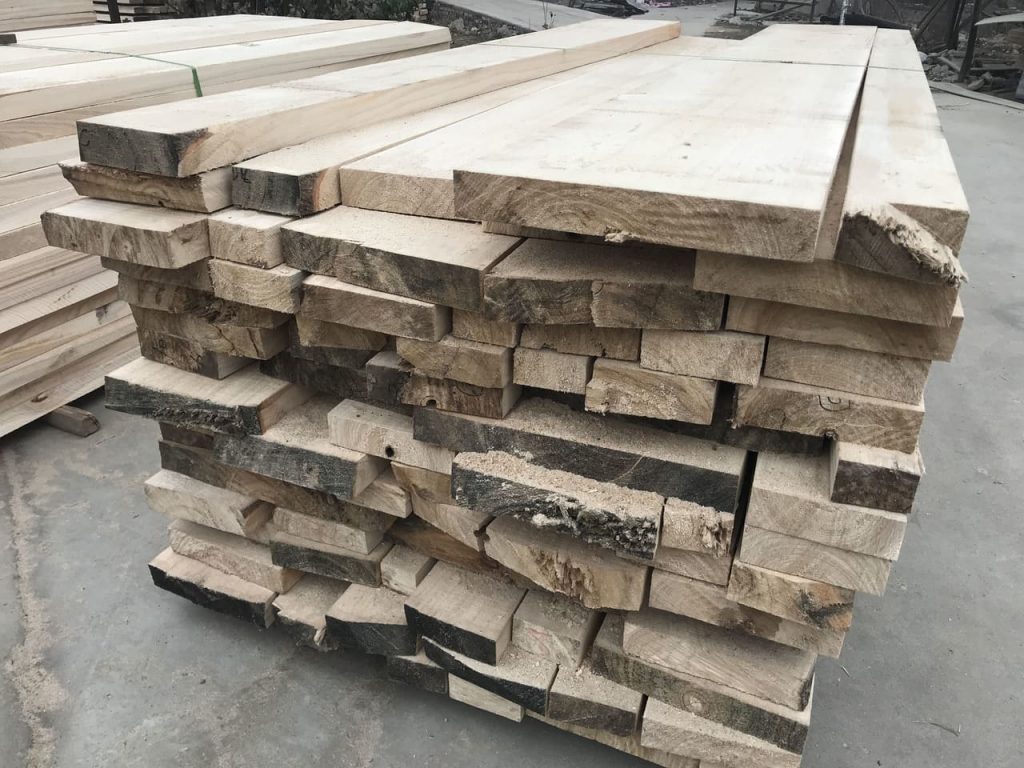
How much Water does Paulownia cultivation Need? Paulownia Irrigation
Paulownia being a fast growing tree needs a lot of water, especially in its early stages.
Determining how much water you need will depend on the prevailing climate in the growing area. In other words, if there is a lot of rainfall on the terrain, we will not need to use artificial irrigation or we will only need it on certain occasions (occasional droughts). That is why it has been determined that it needs around 800 Liters per m2. As we have commented previously in this post, we must carry out checks if there is groundwater in our land and at what depth it is. Remember that Paulownia can be supplied with groundwater when it is between 1.5 and 5 metres deep.
If we finally analyze that our land does not have enough water naturally, we will have to find an artificial irrigation system. The most recommended is drip irrigation since it is the most efficient method as it saves more water than other systems. It should be noted that when the tree is large, the water consumption can be 70 litres per tree every two days. So the choice of the irrigation system is key in the costs that we must contemplate.
Channel Irrigation
